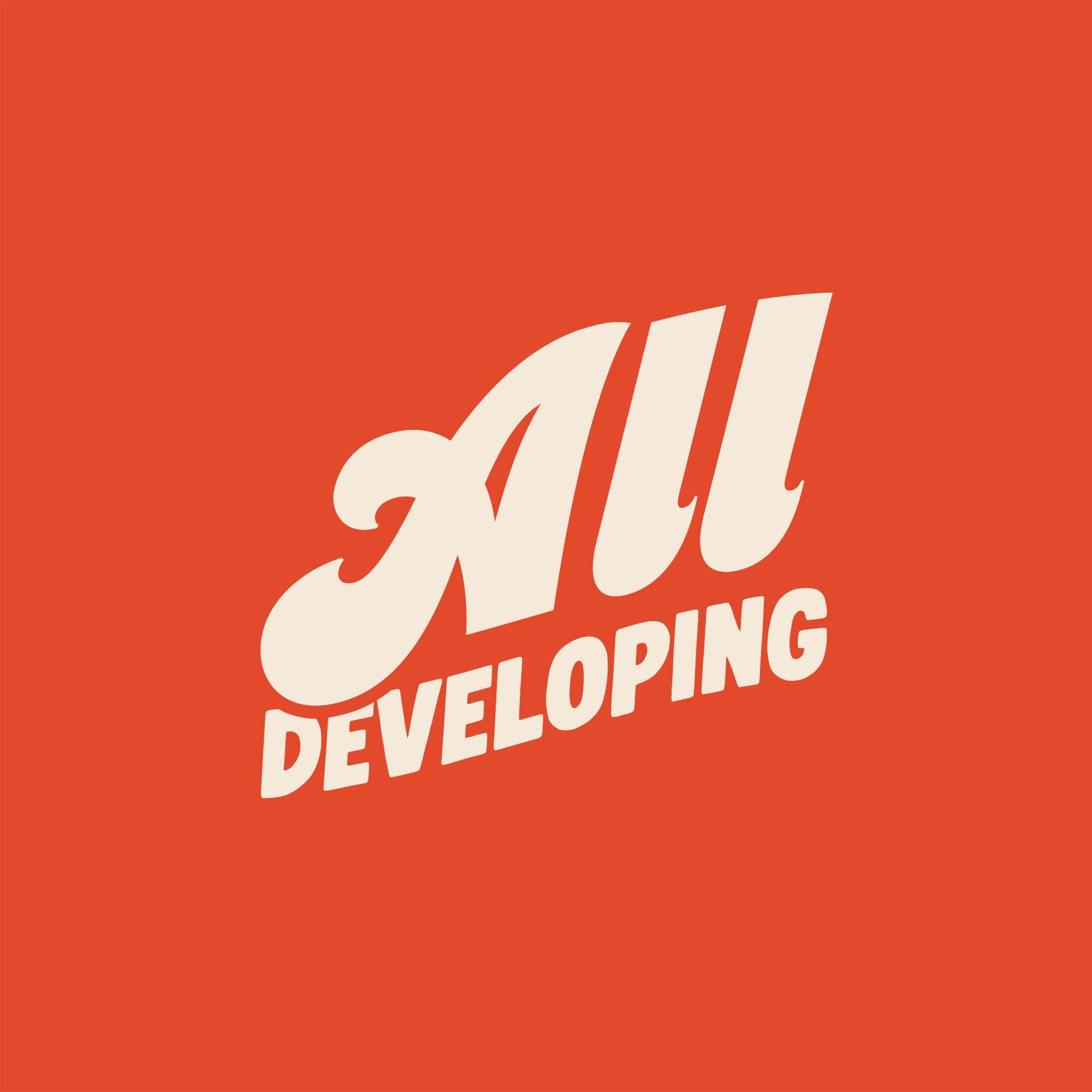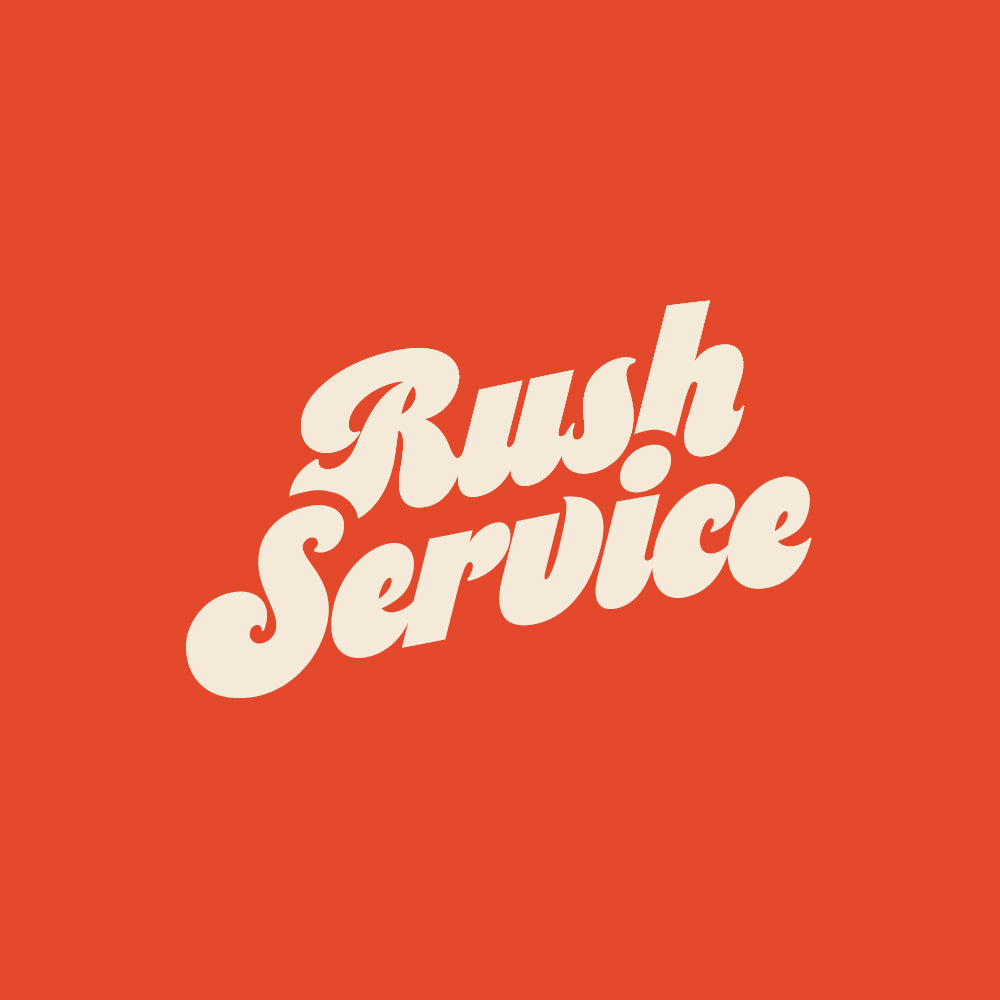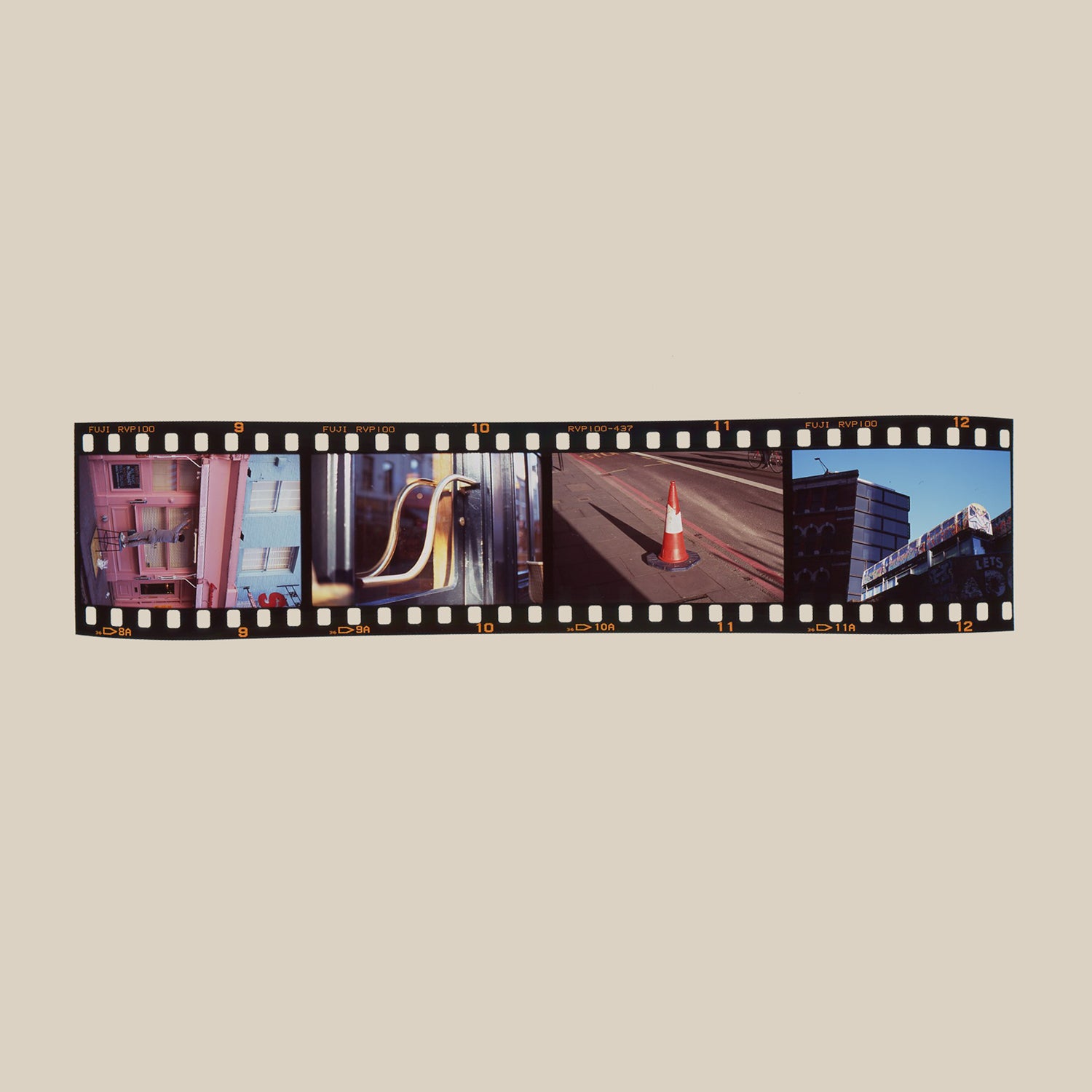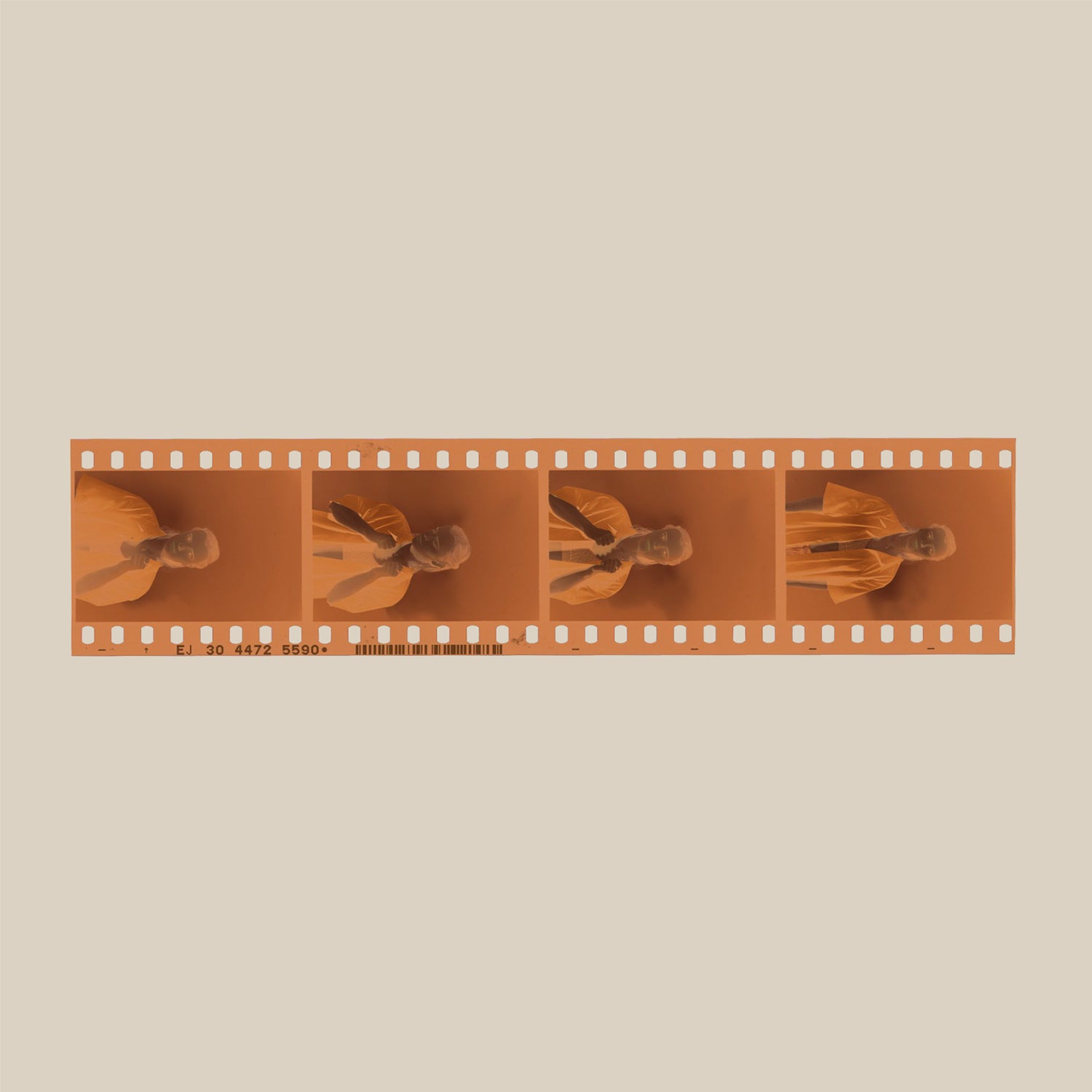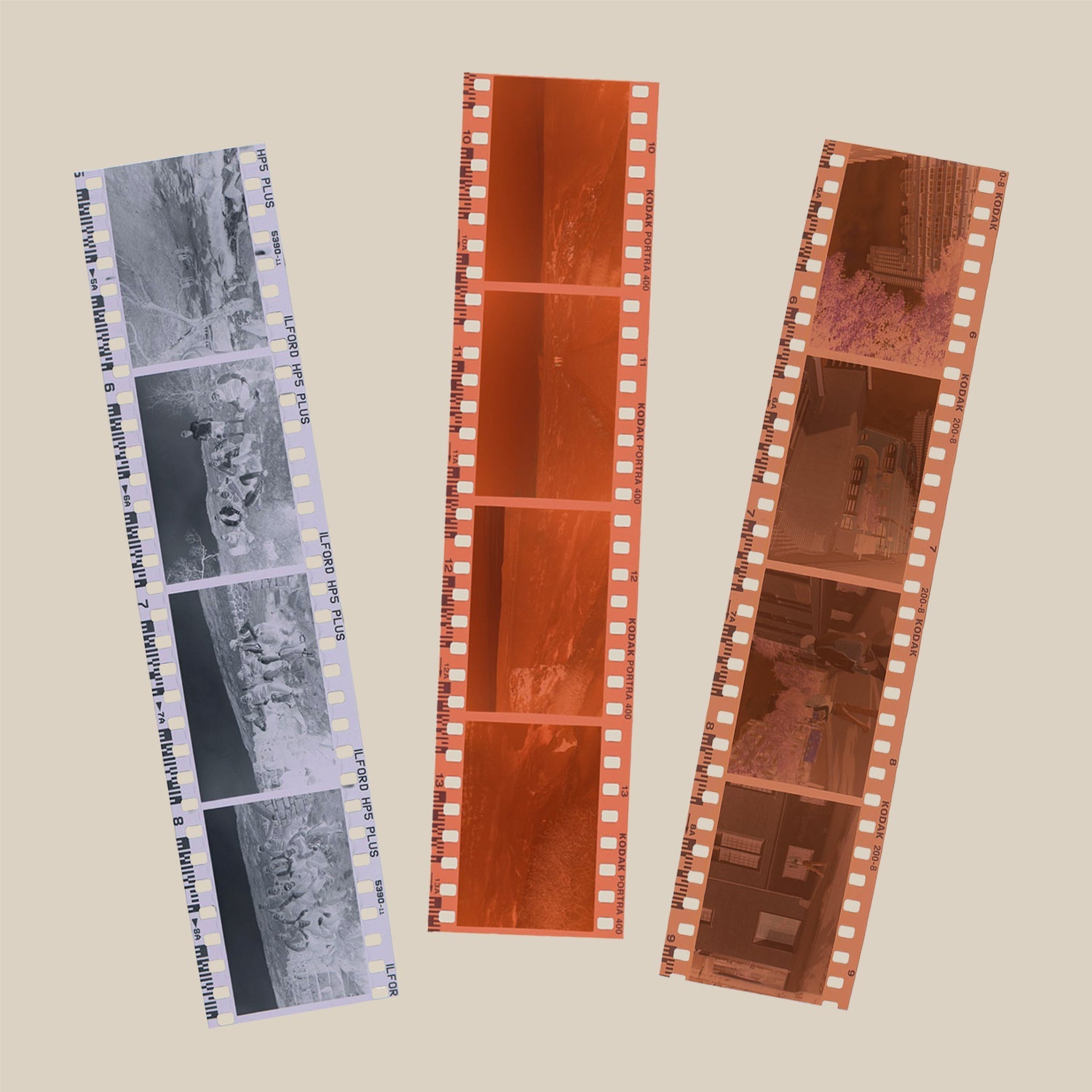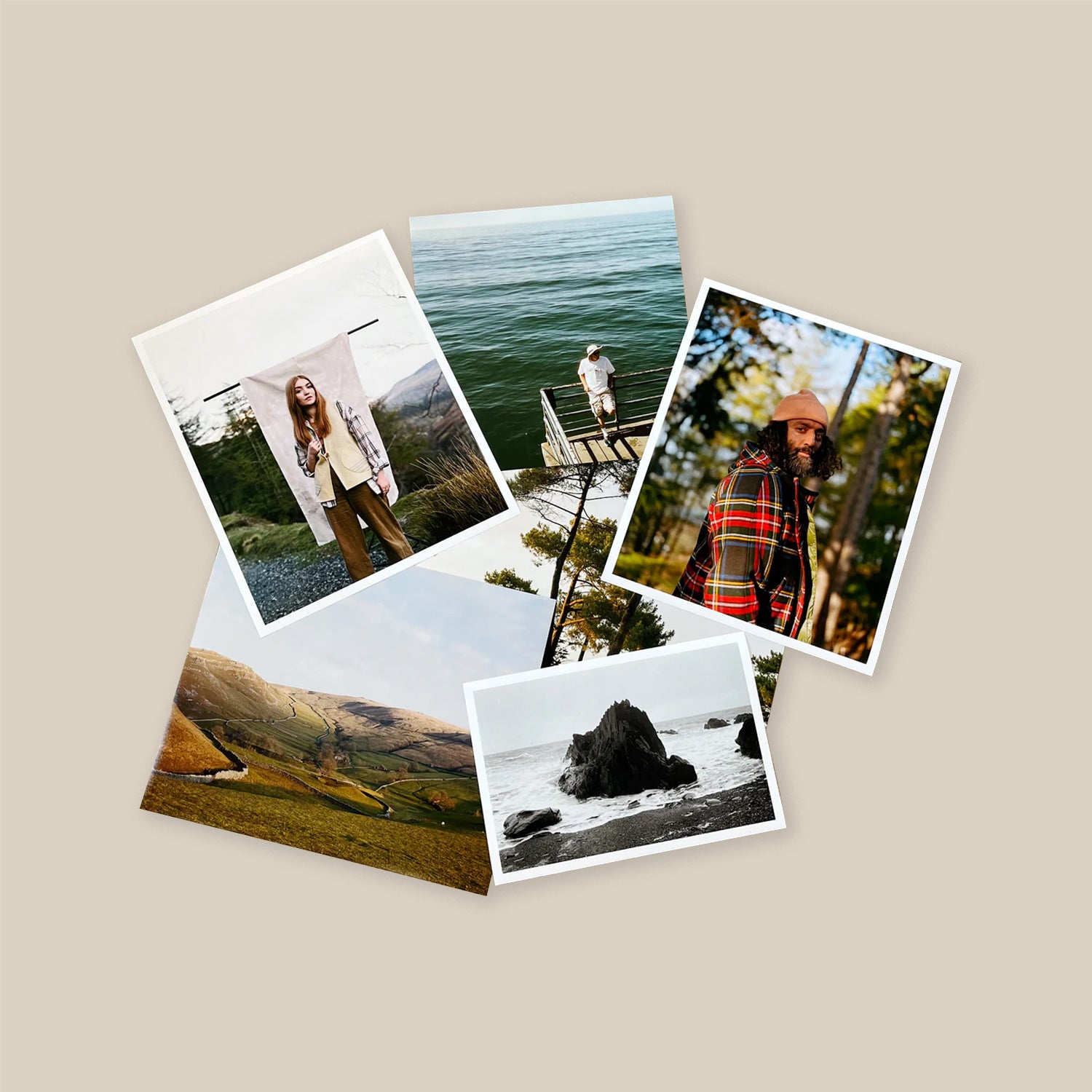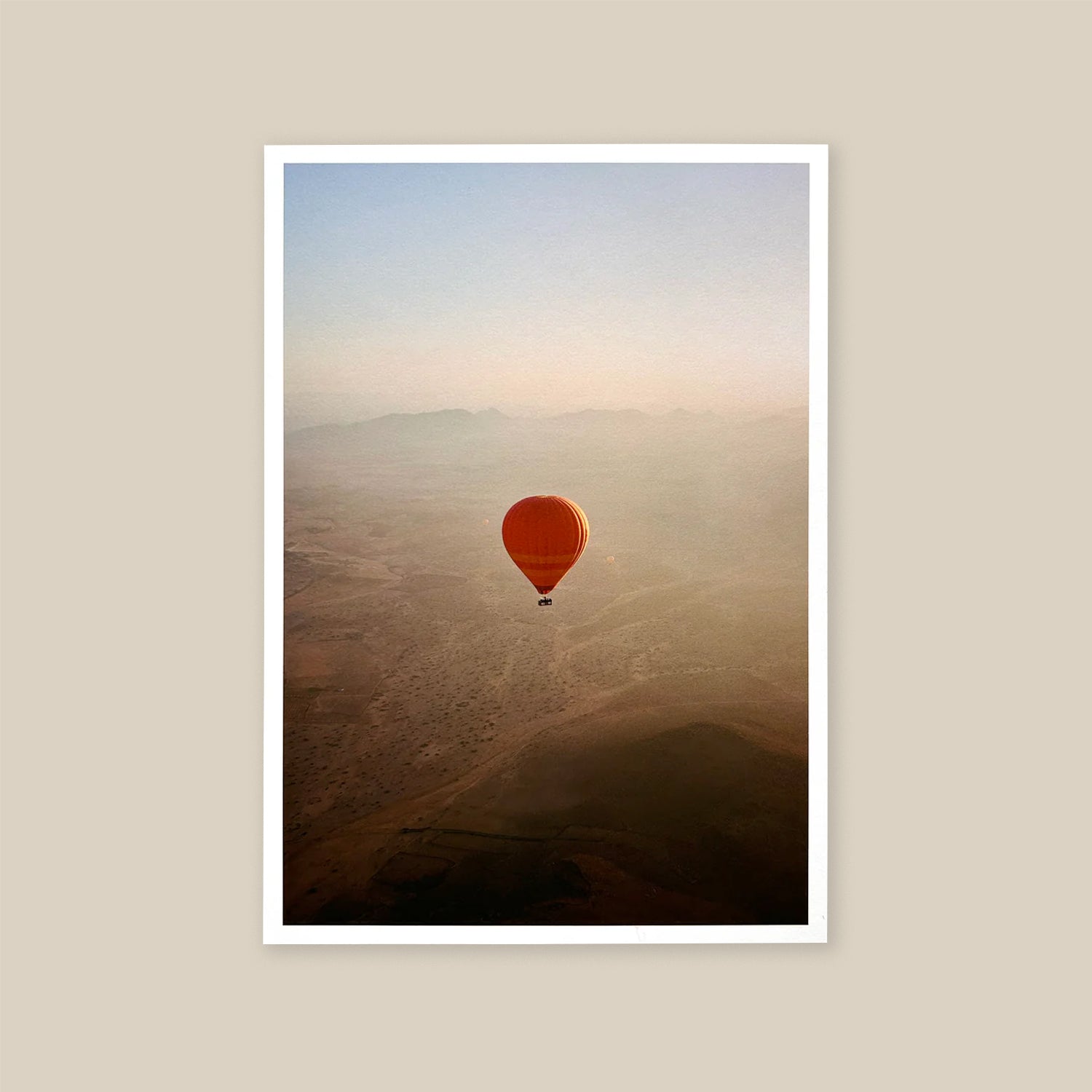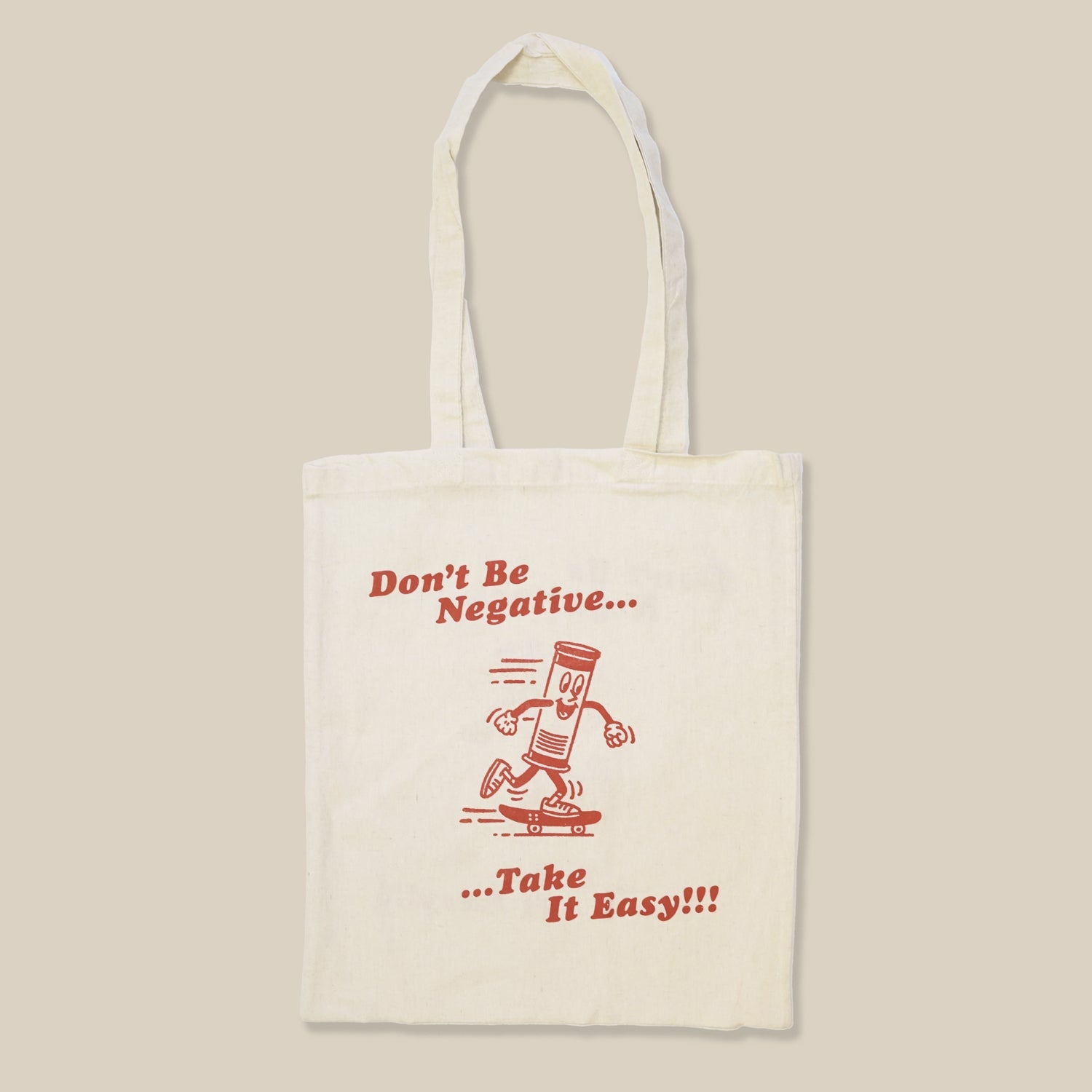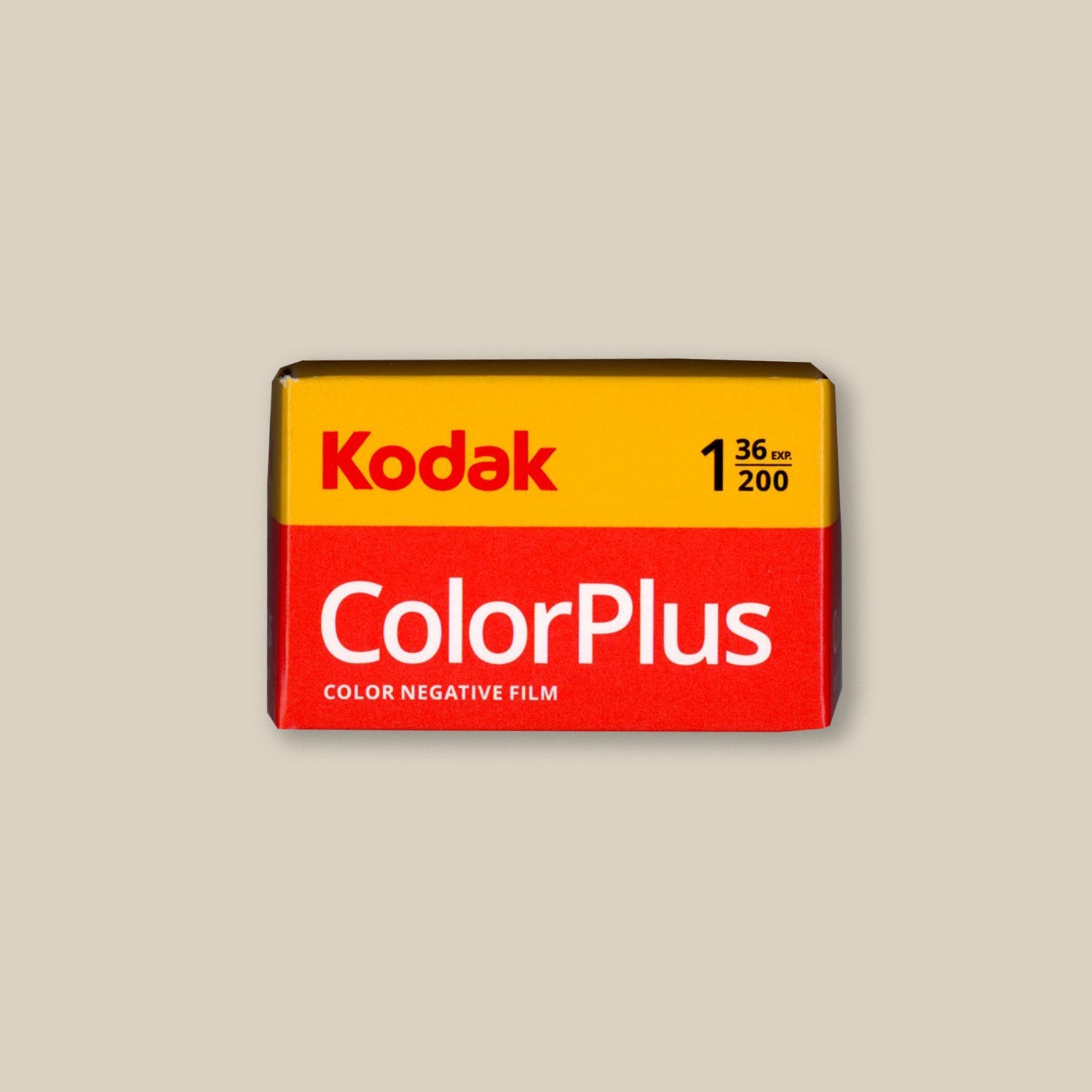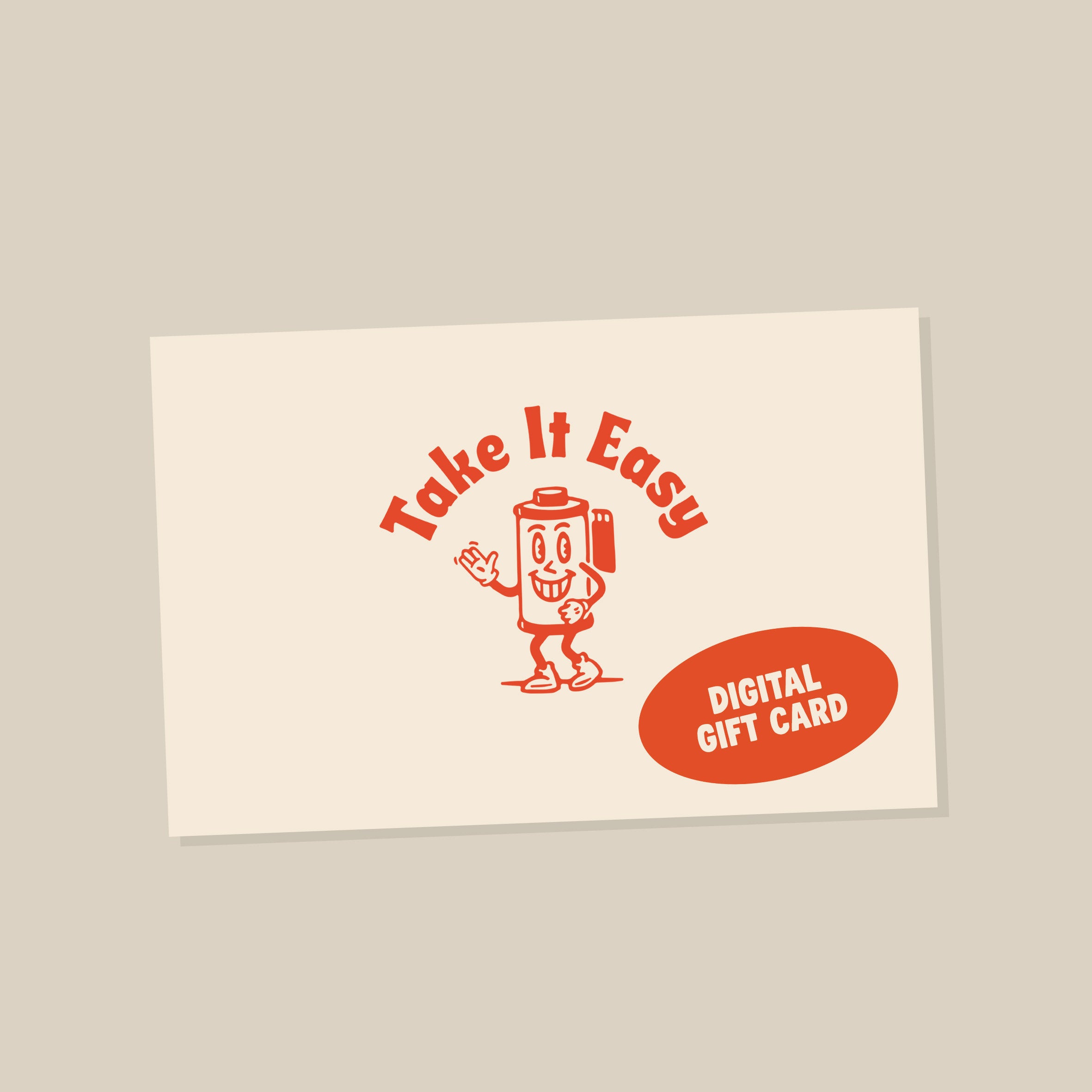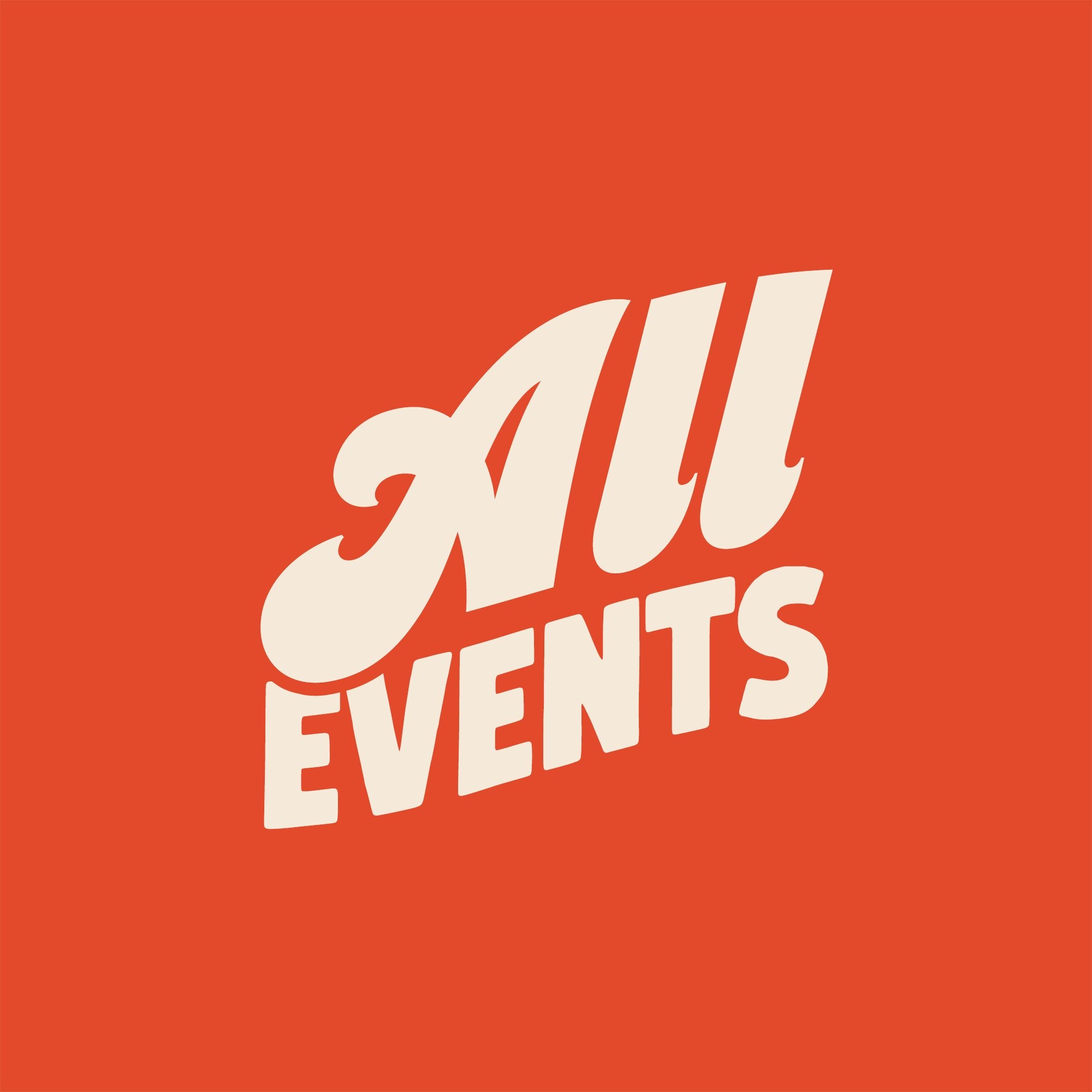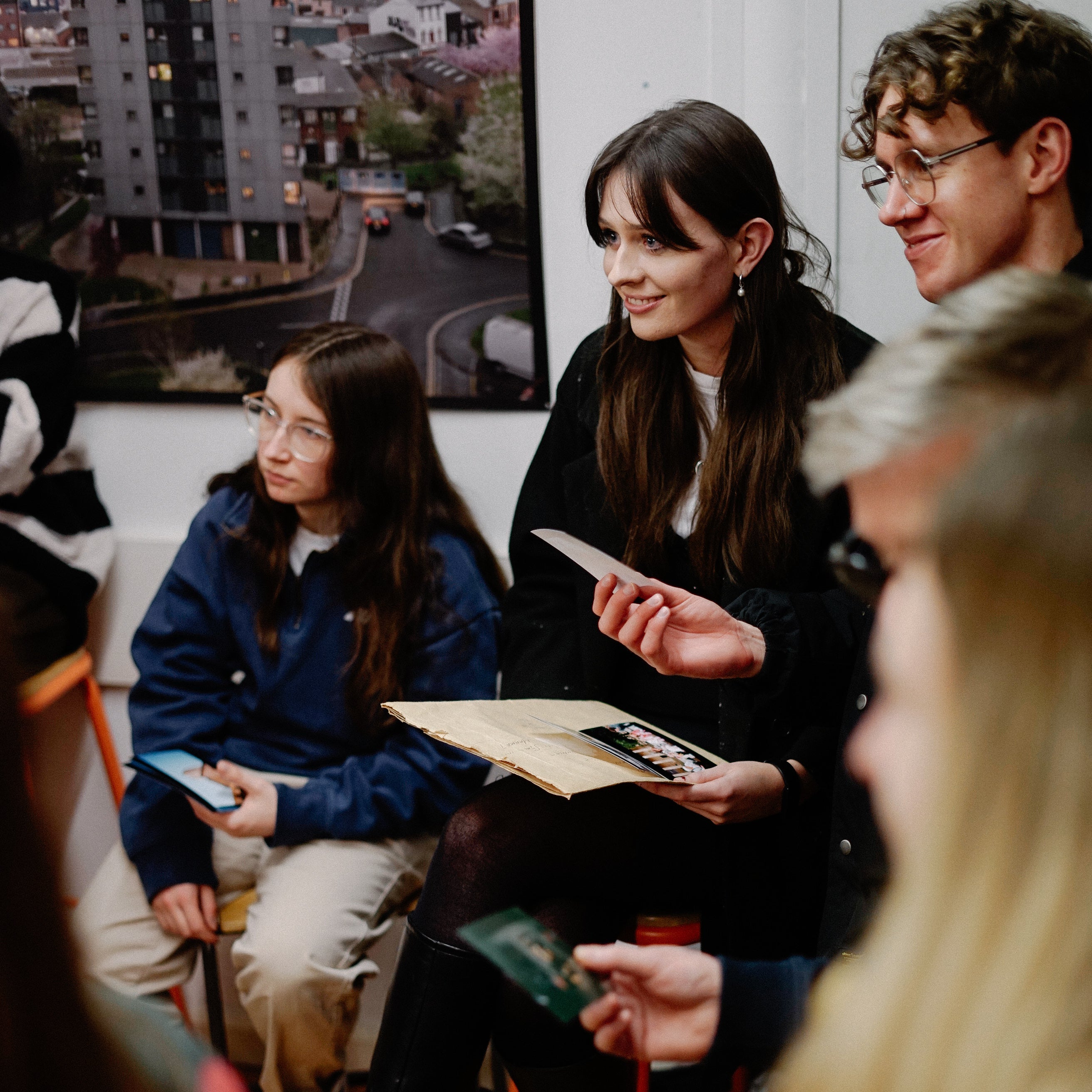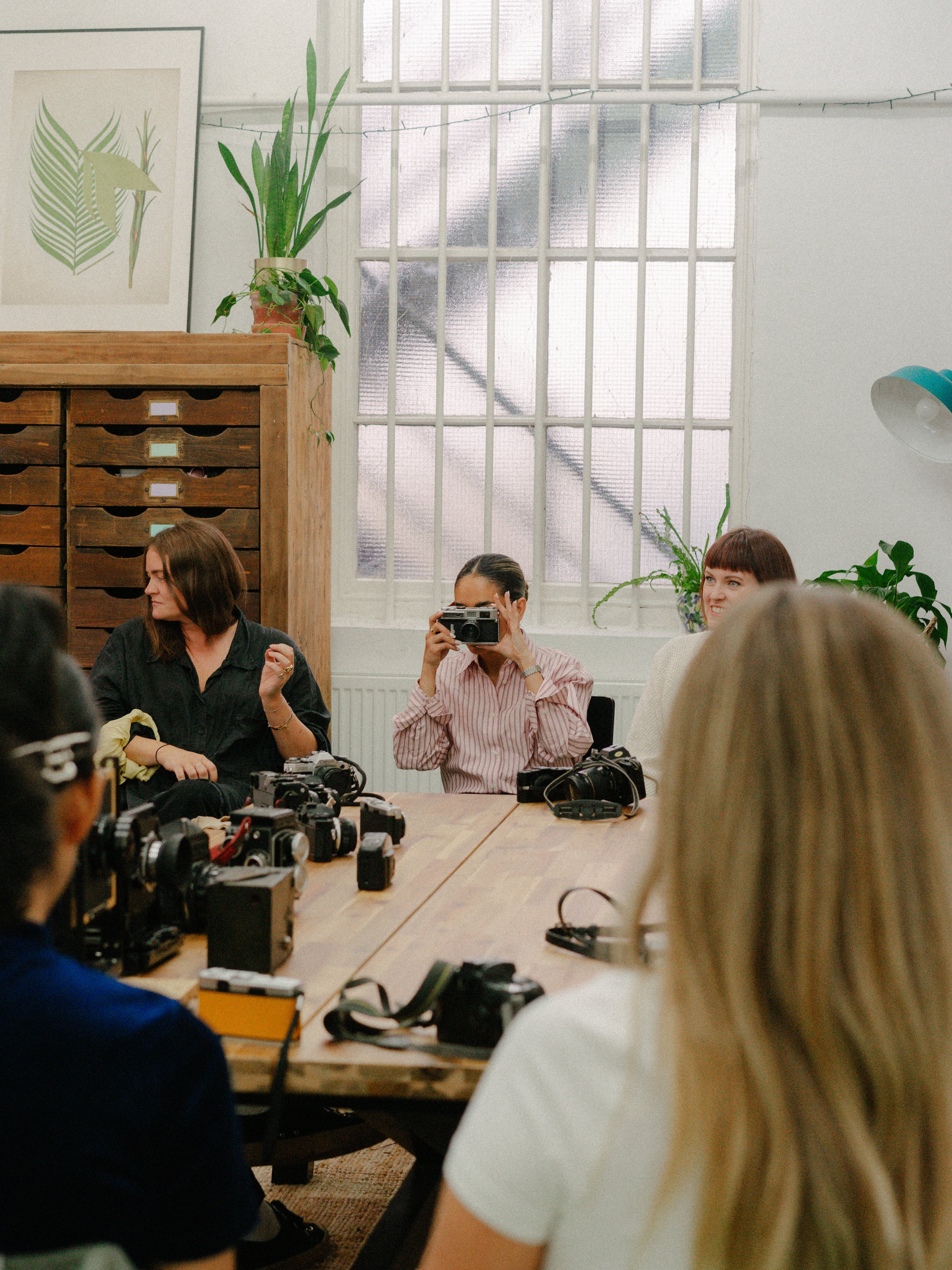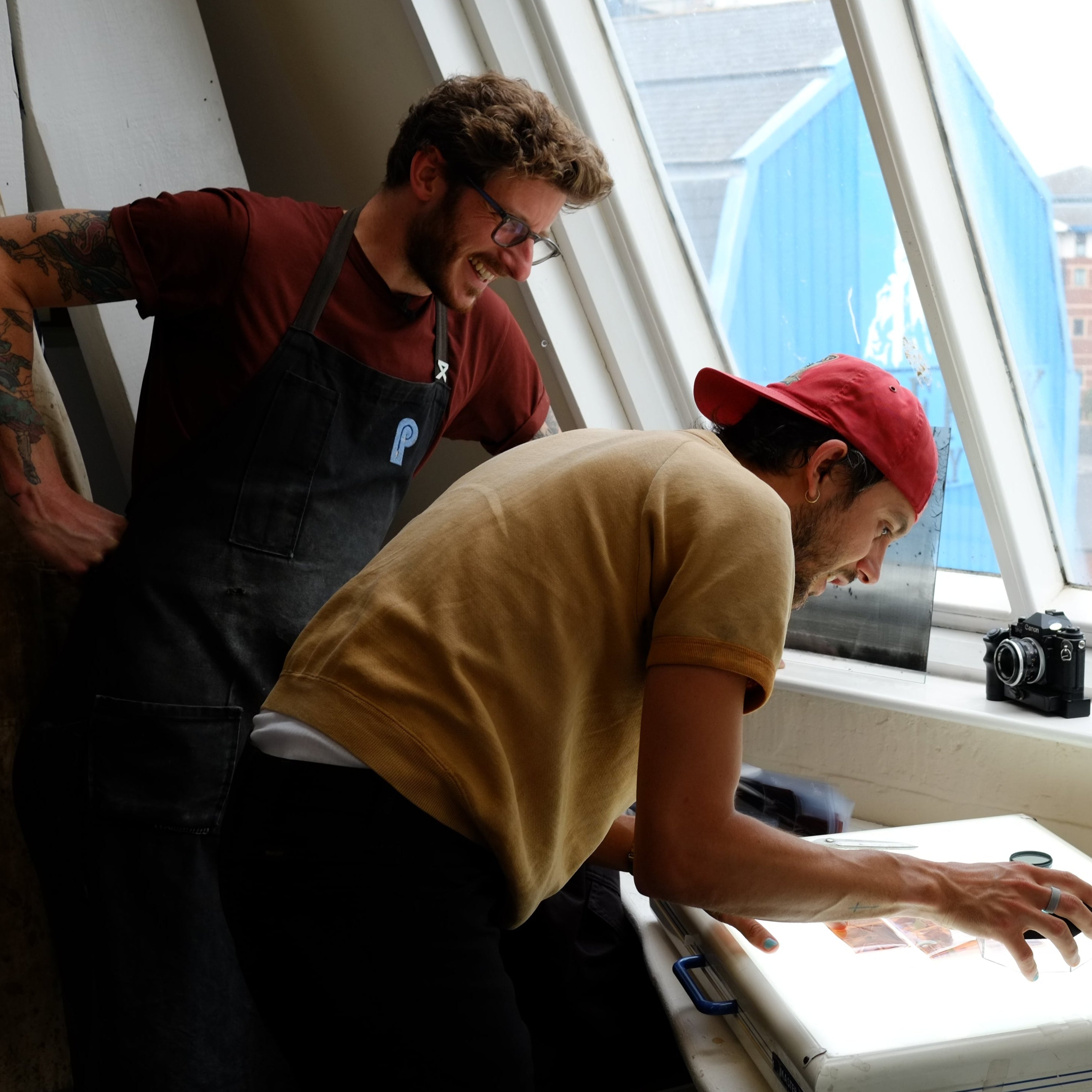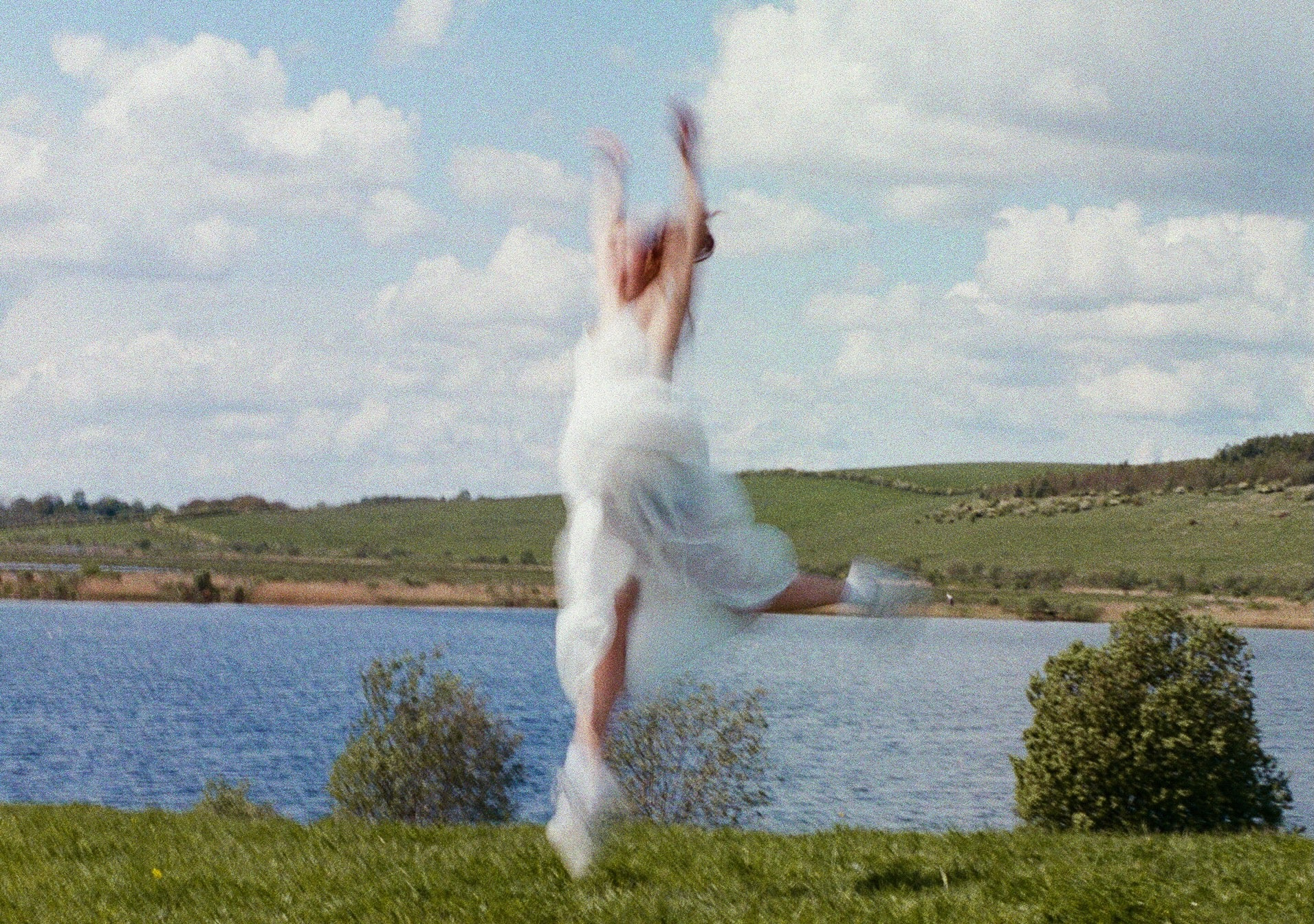

Behind the lens with Elly Welford
Capturing a moving subject on film can seem like a daunting task to get right, but for dance photographer, Elly Welford, that's all part of the magic. We sent over a few questions, to pick her brain and explore the joy of capturing movement in images.
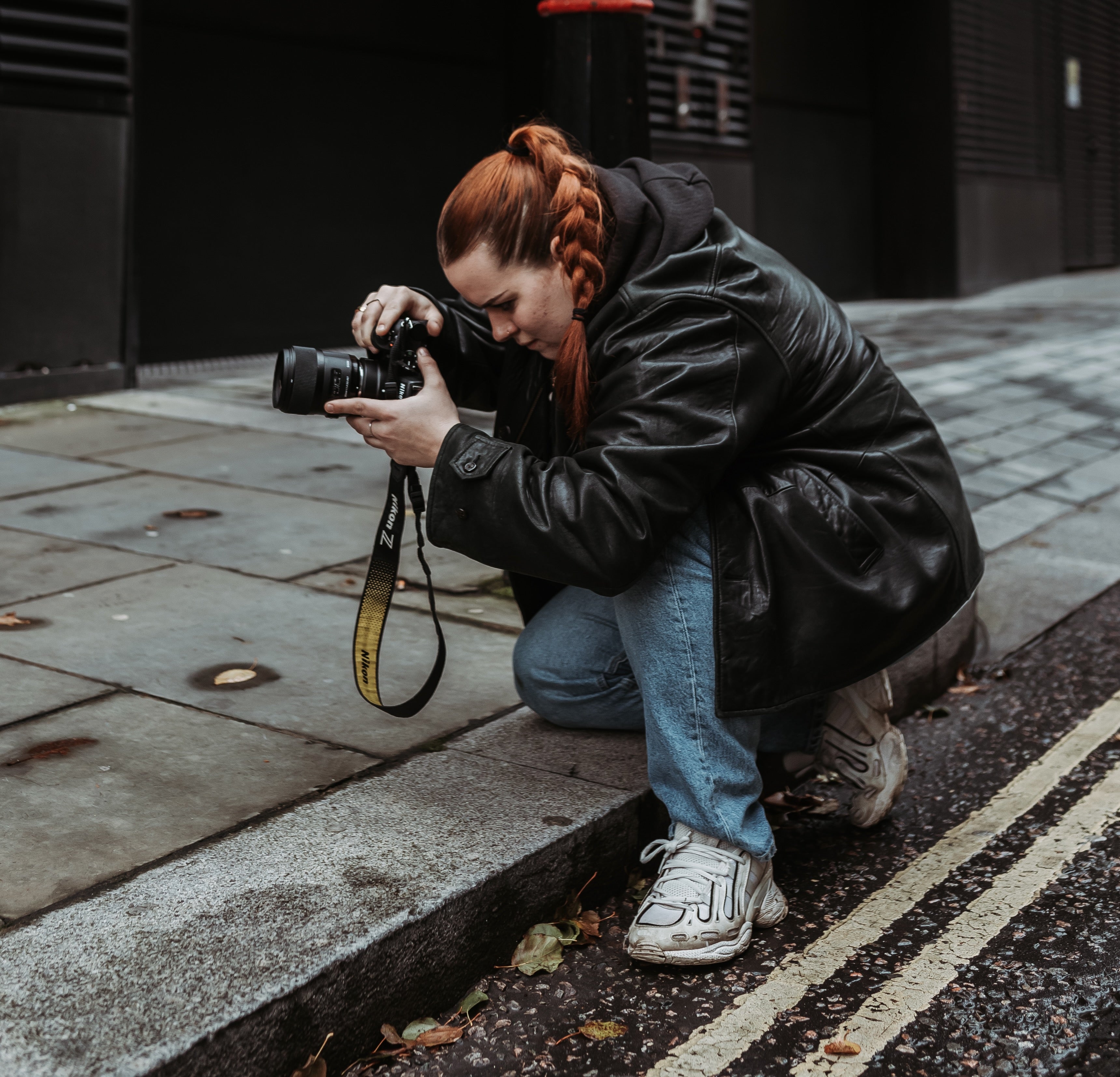
Can you introduce yourself and tell us a little bit about your photography style?
I'm Elly, 26 and Leeds-based movement photographer. Originally from Portsmouth, I made the move to Leeds to train as a contemporary dancer at The Northern School of Contemporary Dance. When it comes to my photography style, it's all about embracing movement and freezing dancers in action. Drawing on my background as a contemporary dancer, I approach photoshoots from a dancer's viewpoint rather than just a photographer's. I try to catch the energy and motion in dance, making shots that are more than just stills. I enjoy mixing it up with both digital and film and not sticking too strictly to the rules.
How did you first get into photography?
During my time training, I received funding designed for dancers from low-income backgrounds. I chose to invest in my first camera, a luxury I wouldn't have been able to afford without the financial support. I wanted to make sure I spent it on something worth while. There were always these beautiful 'moments' in dance class or during performances that I wanted to capture, but I never had the right gear. Once I got a camera, I practically lived in the studio every weekend, experimenting and getting to know all the settings. When the pandemic hit, both dance and photography had to take a backseat while I worked in a care home. But when things started opening up again, I felt this urge to be creative after being cooped up indoors. Photography became my creative outlet and I decided to wing it for a while to see where I could go and I’ve been working as a dance photographer full time ever since.
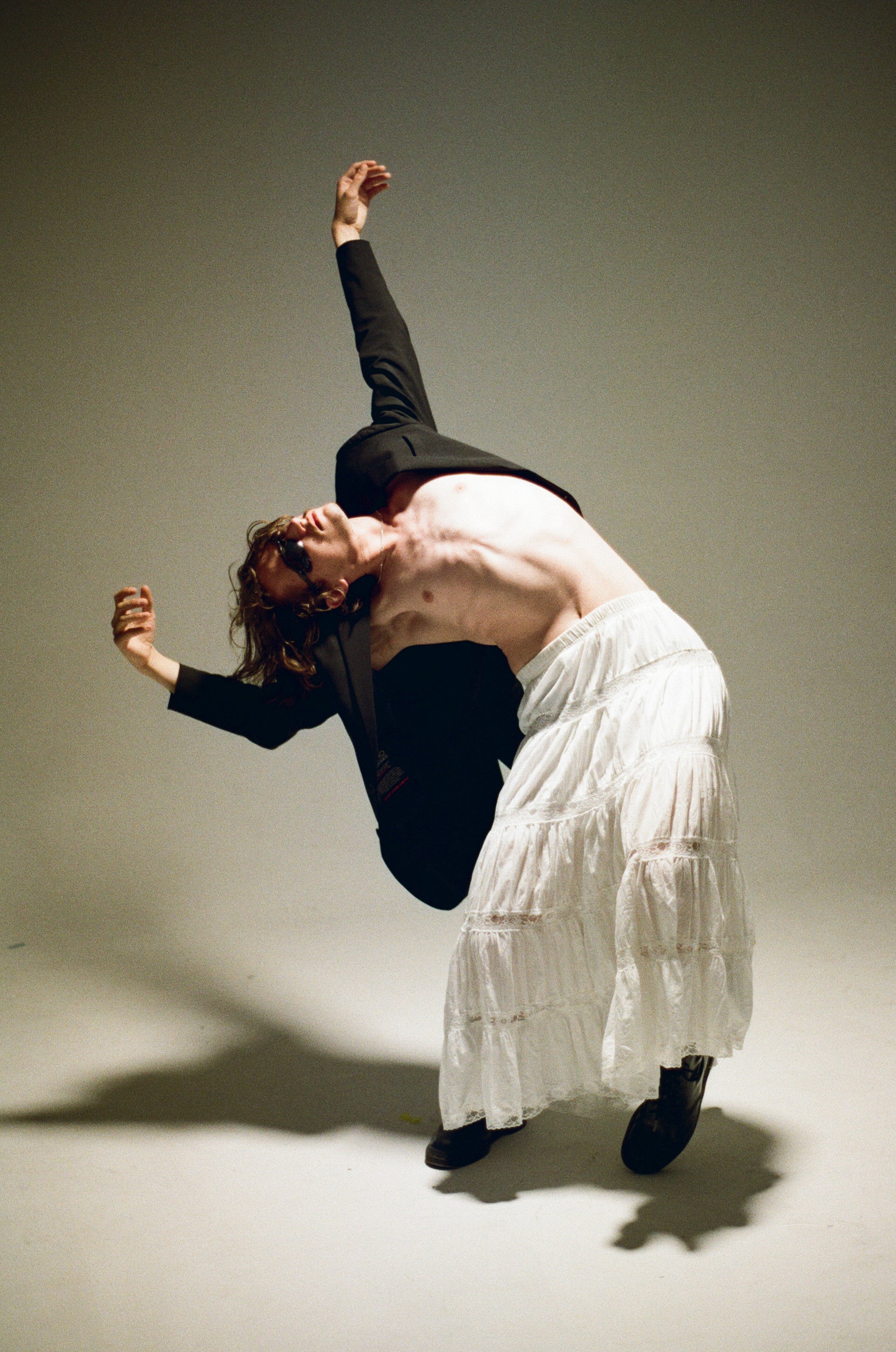
What is a dance photographer and how does it differ to other types of photography?
Being a dance photographer is about freezing dynamic moments and capturing the essence of movement and emotion from the dancer. It can be a challenge of anticipating and capturing fleeting moments, as dancers are in constant motion. Compared to other types of photography, like portraiture or landscape, dance photography requires a good understanding of the nuances of movement which is where being a dancer works in my favour. It's not just about aesthetics of a high leg or a pirouette, it's about translating the energy and narrative of dance into one photo.
I think it’s different to some other styles of photography where it keeps me on my toes. Both technically, adjusting camera settings on the fly, and creatively, finding unique angles and perspectives while capturing the movement and emotion of dance.
What is your favourite thing about being a dance photographer?
As a dance photographer, I believe in the transformative power of photos to boost dancers' confidence. I really enjoy creating that safe and supportive environment that allows dancers to express themselves freely. I strive to capture not just the movements but also the individuality and strength of each dancer. My favourite thing about being a dance photographer is contributing to a dancers confidence by highlighting their uniqueness.
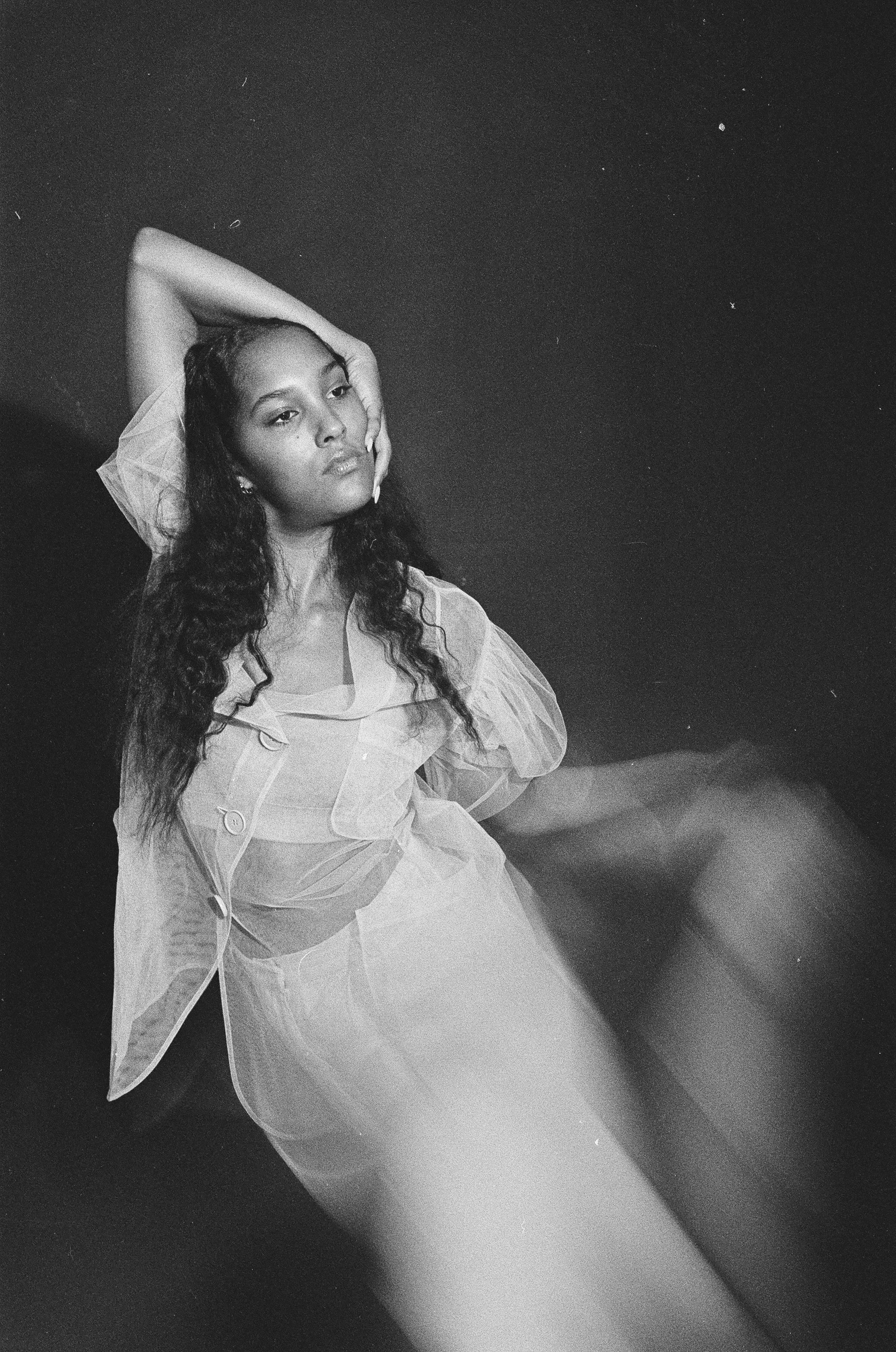
One thing you wish you had known when you were starting out?
Early on in my journey as a dance photographer, I wish I had known the importance of giving myself the space to grow organically. I used to put immense pressure on catching up with photographers who had been in the game for years, believing it would accelerate my progress. In reality, this didn't push me forward; instead, it fuelled imposter syndrome and hindered my creative process.
Looking back, I wish I had fully embraced the naivety of being a new photographer and given myself the freedom to explore and experiment right from the beginning. It's a lesson in trusting the journey and understanding that everyone's creative path unfolds at its own pace.
You shoot both on location and in a studio. Which do you prefer and why?
I do enjoy both studio and location shoots. Studio photography has played a crucial role in my growth as a photographer the last year allowing me to learn new skills and develop a different style of dance photography. But there is always a special place in my heart for location shoots. Unlike the controlled studio environment, shooting outdoors feels more natural to me. Each location brings its own vibe, allowing me to blend dancer with the surroundings. Shooting on location adds a sentimental value to me because it’s where my photography journey began. I love the sense of freedom with location shoots, for myself and the dancer so overall, I think location is my favourite!

Do you have any tips for someone who wants to show movement in their portraits?
When it comes to capturing movement in portraits, my main advice is not to be afraid to bend the 'rules' or experiment. Movement adds life and energy to an image, so embrace the chance to be creative and break away from conventional static posing. I think confidence in your own direction is really important. If you’re new to working with movement work with someone who is confident with movement, like a dancer and bounce off their expertise and ideas.
So, experiment, be confident in your direction, and don't hesitate to collaborate with those who excel in movement.
Favourite camera to use and why?
When it comes to digital, my trusty workhorse is the Nikon Z5, handling all the serious stuff. But the camera that just brings me the most fun and joy is my Olympus Mju II – it's a permanent member in my bag for those impromptu moments with friends and family. There are loads of great point-and-shoots out there but I'm a sucker for the sharpness and quality that the 35mm F2.8 lens. It's quick, easy to use, perfect for grabbing those 'in the moment' shots of everyday life.

Favourite film type to use and why?
My go-to film has to be Ilford's HP5 Plus. Whether I'm in the studio or working with a flash, this film is my top pick for black and white. It's versatile, reasonably priced, and there's just something about the way photos turn out on this film that I absolutely love. It always gives me the shots I love, making me grab it again and again for film shoots with dancers.
How much do you shoot on film?
I shoot on digital most of the time since it's my full-time job, capturing dancers in theatres, studios, and on location. Film, on the other hand, began as a personal experiment and a way to explore something different and have fun without the job-related pressure. I make it a point to step into the studio and shoot film whenever possible, not only to keep those creative juices flowing but also to maintain the joy and spontaneity that comes with it. It's my little creative escape and a reminder of why I fell in love with photography in the first place.
Best and worse things about shooting on film?
Shooting on film has its quirks. Dealing with dancers and their speedy moves can be a real challenge. The worst part is getting the right shot on film is like a one-shot deal - just 37 frames, and that's it. Unlike digital, where I can keep snapping until I nail it.
The best and fun thing about film is how it forces me to approach photoshoots in a whole different way. It changes up the game for me as a photographer. I find myself directing dancers differently, getting a bit more creative to make every shot on that roll of film count. It's a different vibe from shooting digitally
